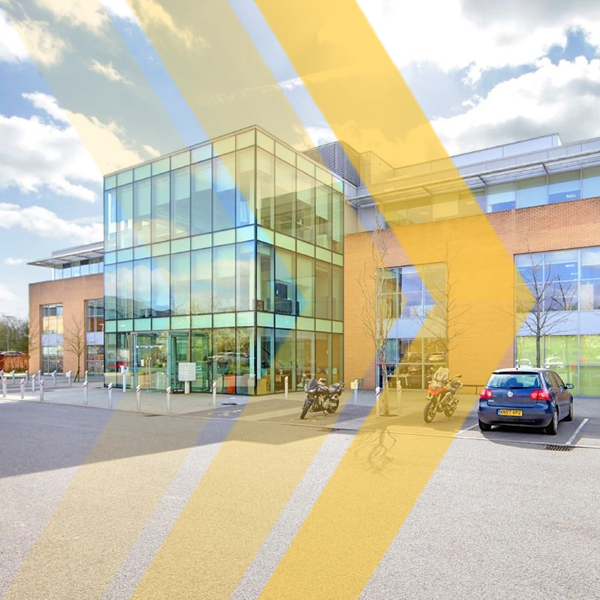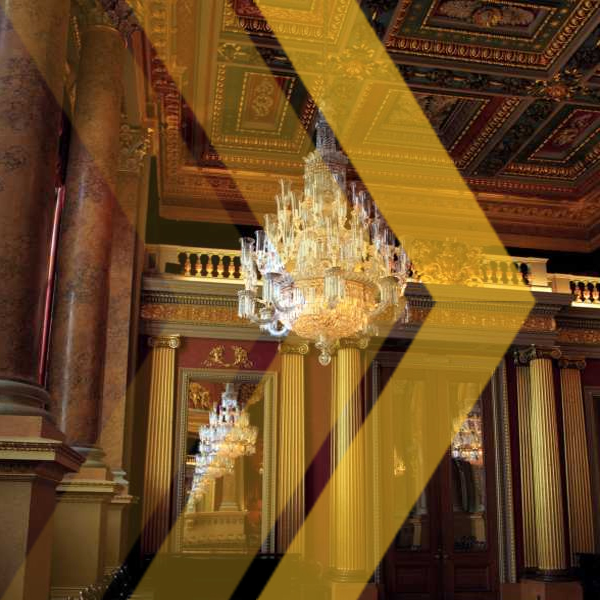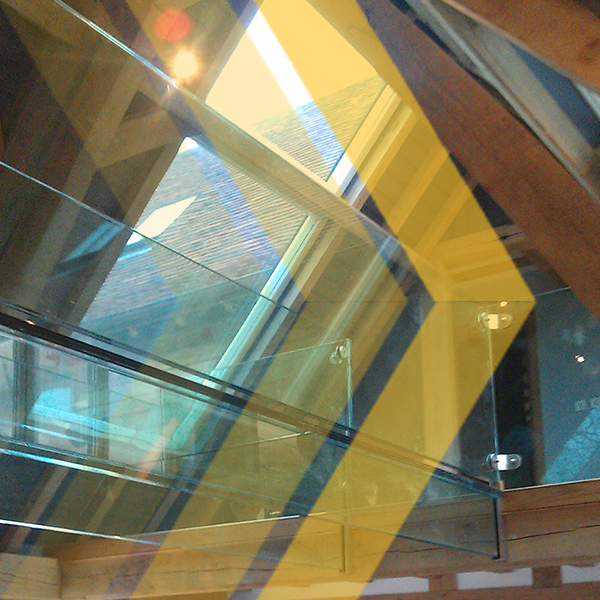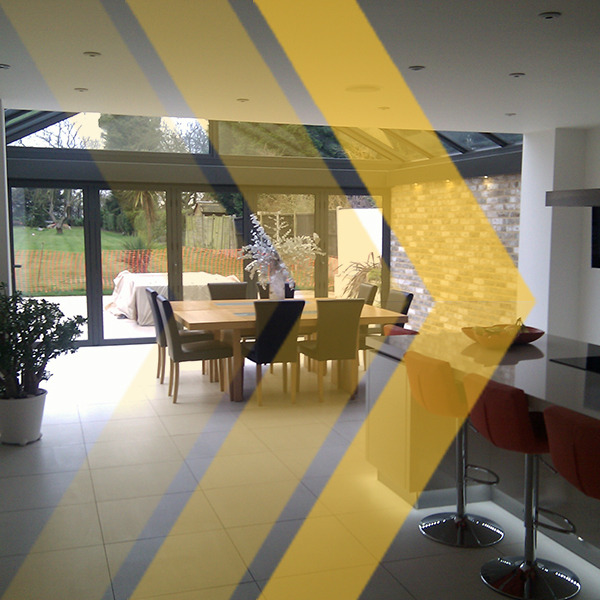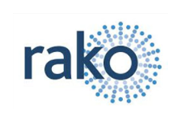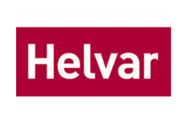DALI Lighting Control


Dali Explained
Deciphering the DALI Hype
(digital addressable lighting interface)
Example of DALI control
DALI: This four-letter acronym has been creating quite a stir in the lighting industry recently. But what is it? How is it different from the lighting system you currently have? Why should you (or why shouldn’t you) pursue DALI in your own facilities? Who can use it? Keep reading, because you’re about to find out the answers to those questions you’ve been asking …
What is it?
Put simply, DALI (digital addressable lighting interface) is a two-way communication system that brings digital technology to lighting. An international standard for communication, DALI defines the commands that ballasts need to recognize in order to be considered DALI ballasts. The system allows individual ballasts to “talk” to the user … and allows the user to “talk” back via DALI controllers, computers equipped with appropriate software, or building management systems (BMS).
“DALI sends messages around, and just like computer networks, The ballast with that address picks it up and follows the instruction. A simple message would be, ‘All lights in Room 10 turn off.’ You send that message, and all the lights in Room 10 know who they are. They pick up that message and say, ‘It says here I’m supposed to turn off.’ And that’s what [happens].”
How does DALI work?
Most of the hardware used in a DALI system is the same as what’s used in a more typical system. The big difference: With DALI, ballasts can be linked to a central computer, allowing each one to be controlled independently. DALI systems are currently available for most types of lamp source.
Ballasts are connected using a 2 core cable and make up a loop of no more than 64 ballasts. Each is given an address in the DALI system, and the loop is connected to a DALI control device. One individual network isn’t enough to cover an entire building; rather, several must be linked together to create a “network of networks,” such as used in the Osram Encelium system
Why should I use It?
Consider DALI for the following reasons:
- You can easily reconfigure your lighting without having to tear into the ceiling, making the process of rearranging people, offices, and furniture easier. “You don’t have to re-route the control wiring to the fixtures,” explains OSRAM’s Williams. “You can just reconfigure the DALI fixture to tell it, ‘Now you take commands for this new control scene (grouping) as opposed to the one that you used to listen to.’ Changes can be done via software instead of going in and doing hard-wire changes.”
- Lighting can be tailored (either individually or across the entire facility) to accommodate peak demand, amount of visible daylight, energy rates, etc. For example, in an office area, some lights can be adjusted as necessary without affecting the other lights in the room. Other systems provide this feature as well, but DALI allows the user to control each light separately.
- Open protocol allows for many different companies to be involved. “Interoperability is huge,” explains Morrow. “We can all co-exist on a DALI network. We worked very hard at that interoperability. There’s a NEMA committee that oversees this. We get together and talk about making sure our products are all interoperable, which is very new.”
- Installation of the control wiring can be simple with DALI’s five-wire system. “To gain the level of control people need in conference rooms and office floors, you normally have to pull a lot of wiring to make sure all the devices are connected. You don’t need to make those same types of interconnections with DALI. It’s a simple two-wire control connection that goes to each fixture to form the control network,” says Williams. And, as Morrow points out, “You can have fairly low-skilled labor pulling in your wire because they don’t need to know about zoning, and they don’t need to keep track of control wires like you would with a relay system. The relay system might have 30 or 40 wires in a conduit, and each one has to be labeled, pulled to a specific spot, and made up to a specific location and panel. DALI only has two wires, and they go everywhere.”
- As with other systems currently available, DALI allows pre-set lighting scenarios to be created and achieved with the touch of a button or click of a mouse. For example, in a ballroom that serves many different purposes throughout the day, one button may be pre-programmed to set the lights appropriately for a morning meeting. Another button may be pre-programmed to set the scene for an evening concert.
- Due to DALI’s two-way communication, ballasts can be queried individually to check energy usage. If the lights in your facility are assigned to tenants, billing can be done per tenant. “It allows you to meet energy codes both now and in the future. There’s a strong expectation that utility companies will provide more and more incentives for these types of features. You can lower your peak demand in response to a utility directive, which will give you a lower utility rate,”
- Ballasts can also be queried for lamp and ballast failure. The power of this system, being able to have the communication come back to you from your lighting system to see how it’s behaving, will resonate with a lot of people; especially if you have a huge number of buildings to maintain. This saves maintenance from having to walk through your buildings periodically.”
View our Case Studies
View our Blog Posts
Wind Surf Sailing Ship renovation
Wind Surf recently underwent a significant renovation in November 2019 of public spaces and suites, including an expanded...
iLight for Logan Place Apartments
Camlar have supplied iLight Lighting System to each of the 10 Apartments located in Logan Place, all...
Lighting Control to MV Auroura
Camlar has recently completed a new lighting control system to the MV Auroura on its latest refurbishment...
Wind Surf Sailing Ship renovation
Wind Surf recently underwent a significant renovation in November 2019 of public spaces and suites, including an expanded...
iLight for Logan Place Apartments
Camlar have supplied iLight Lighting System to each of the 10 Apartments located in Logan Place, all...
Lighting Control to MV Auroura
Camlar has recently completed a new lighting control system to the MV Auroura on its latest refurbishment...
Wind Surf Sailing Ship renovation
Wind Surf recently underwent a significant renovation in November 2019 of public spaces and suites, including an expanded...
iLight for Logan Place Apartments
Camlar have supplied iLight Lighting System to each of the 10 Apartments located in Logan Place, all...
Lighting Control to MV Auroura
Camlar has recently completed a new lighting control system to the MV Auroura on its latest refurbishment...


